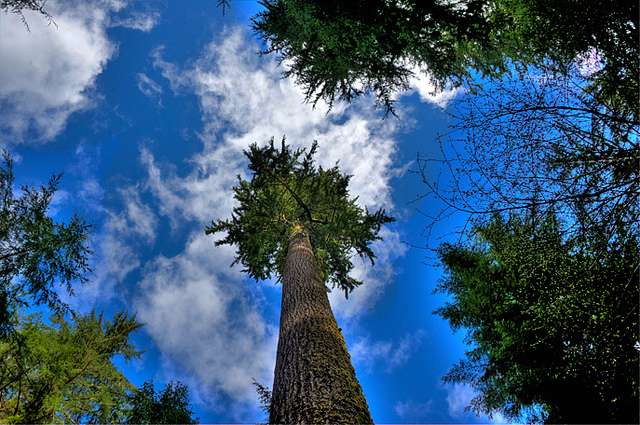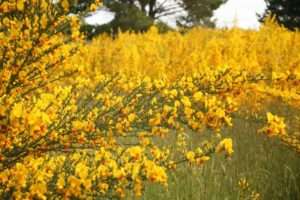Researcher battles the shrub Scotch broom

The shrub Scotch broom is more than resilient—when it moves into a region it annihilates the long-established ecosystems and takes over the landscape.
Assistant research professor Karen Haubensak is an ecologist and field biologist studying the effects of introduced plants on ecosystems, including broom, a subspecies of the legume family.
Since 2007, Haubensak has spent time in Washington state, initially contracted by the Army to study ways to remove broom.
Foresters at the Joint Base Lewis McChord near Tacoma spent many years trying to reestablish Douglas fir in areas that had once been clear cut and had been overrun by Scotch broom.
Biologists working at the base saw scholarly work published by Haubensak and fellow researcher Ingrid Parker from the University of California, Santa Cruz.
"Scotch broom had been on the base for more than 50 years making it difficult to reestablish Douglas fir," said Haubensak. "The amount of work required to clear the sites and keep them free of broom was significant."
The research team, including Haubensak, Parker and UC Santa Cruz post-doctoral scholar Sara Grove, created five test sites, each covering the equivalent of nearly three football fields. After the acreage was cleared of broom, thousands of Douglas fir seedlings were planted. They did not survive.

The experiment was repeated the following year with similar results, leading the researchers to look at the underlying causes preventing successful restoration efforts.
Varieties of broom, from French and Irish to Spanish and other types, add a lot of nitrogen to the soil, as well as compounds that protect the plants from herbivores, compounds that can be toxic to other plants and microbes.
The broom is likely also responsible for changing the makeup of helpful soil fungi required by trees, including Douglas fir and other vegetation.
Haubensak and her team then pursued a large-scale National Science Foundation grant to test this hypothesis and they were awarded a $720,000 grant in 2014.
The research team is examining questions addressing the length of recovery time needed following a species' invasion, as well as working to understand how soil microbes respond to longterm legacies of invaders.
Results of the research will have implications for forest restoration, including that of Douglas fir, an important species in the Pacific northwest.
Provided by Northern Arizona University
















